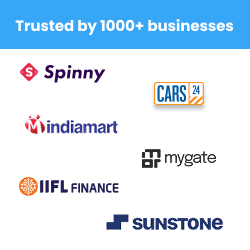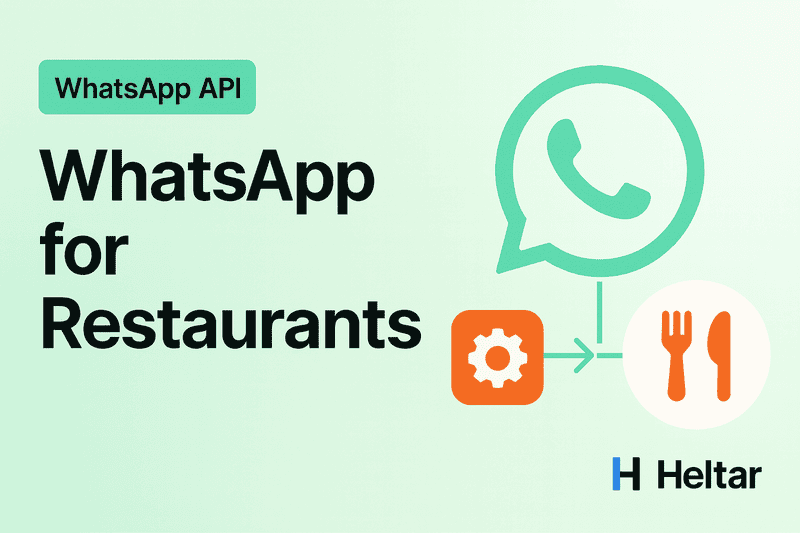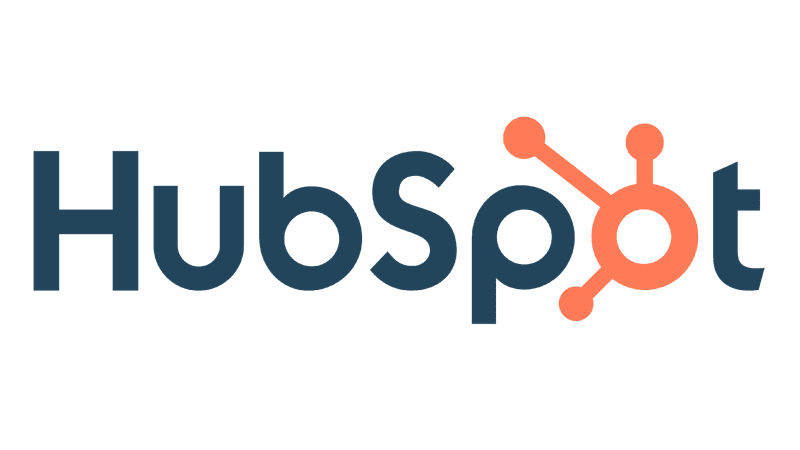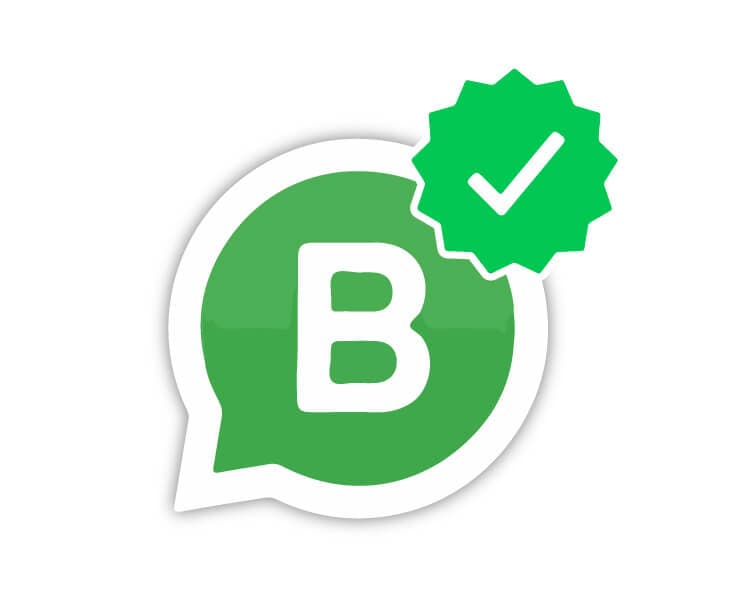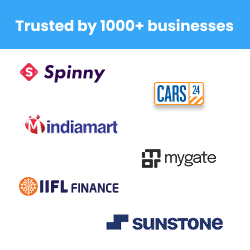If you use Wati, you need credits to send WhatsApp messages. These credits need to be recharged constantly to keep your campaigns running. And its highly likely that without realising, Wati's credits have been eating into your marketing budget more than you are even noticing.
if you are reading this blog, you probably realise how important it is to keep track of this, so lets look at how to check your credit usage on Wati.
Where to find Credit Usage History in Wati?
Click the Wallet icon in your Wati dashboard
Select Credit Usage History
You can choose a custom date range with the Date Picker.
Data window, last 6 months
Time zone, reports use UTC, so a day’s cut-off may not match your local time
Freshness, Raw Data updates up to today, Daily and Monthly views update up to yesterday
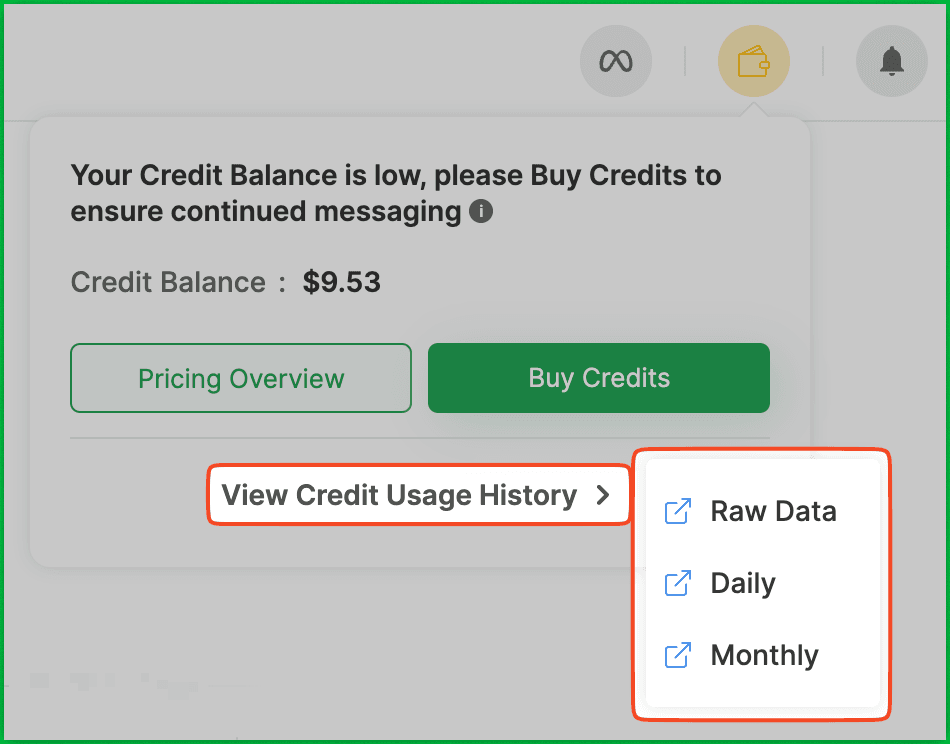
What each view means?
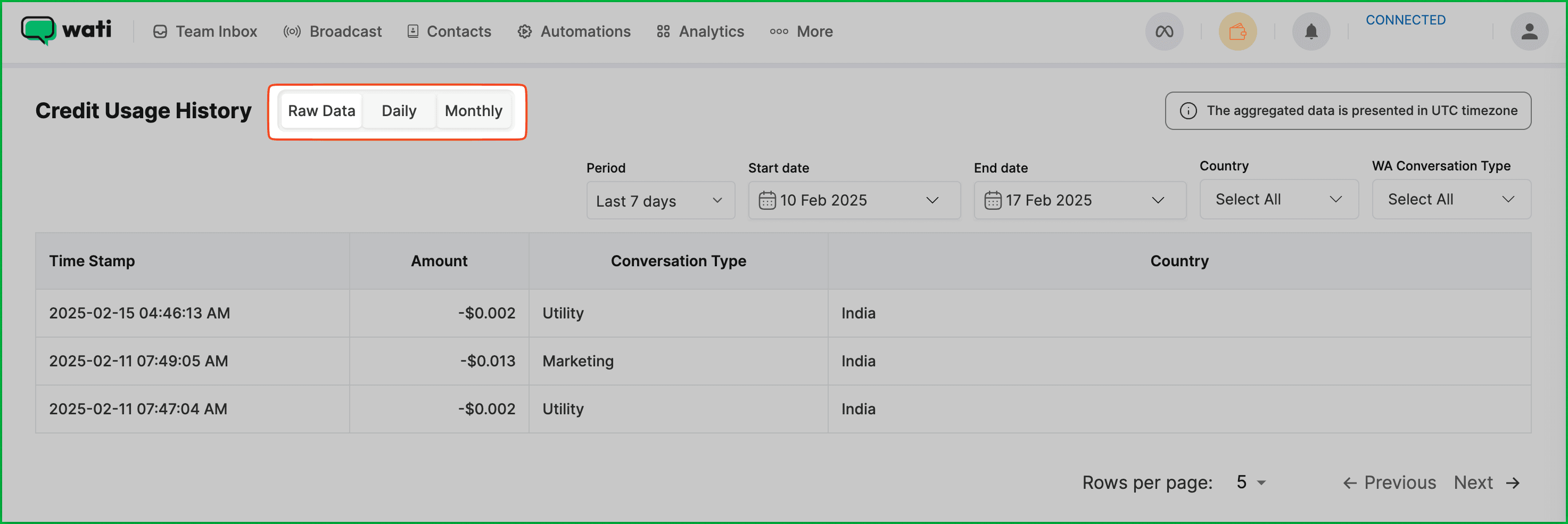
Raw Data
Row by row detail for every credit use:
Timestamp in UTC
Credit amount used
Destination country
Conversation type, Authentication, Service, Marketing, or Utility
Use this to audit spikes, check a country, or trace a campaign day.
Daily View
Totals per day with a split by conversation type. Good for quick trend checks and pacing.
Monthly View
Month-level rollup that still shows daily rows under each month. Handy for budget planning and spotting drift.
Who can top up?
Only these roles can add credits - Administrator, Billing Manager, or Broadcast Manager. If you do not see Buy Credit, ask an admin to adjust your role.
Simple checks to control spend
- Filter Raw Data by country to see where rates bite
- Track Marketing vs Utility mix, campaigns heavy on Marketing can drain faster
- Add a weekly note of your daily totals, it helps catch creep early
- Remember the reports use UTC, align your internal reports to avoid false spikes
Why this matters for profit?
If you only look at wallet balance, you miss the pattern behind it. A few late-night sends across higher cost regions, or a run of Marketing templates, can push up effective CAC. Daily and Monthly views help you catch this before it snowballs.
Why Choose Heltar Over Wati?
Unless you want your marketing budget to get over before you acquire any customers, Heltar's the way to go. Here's why!
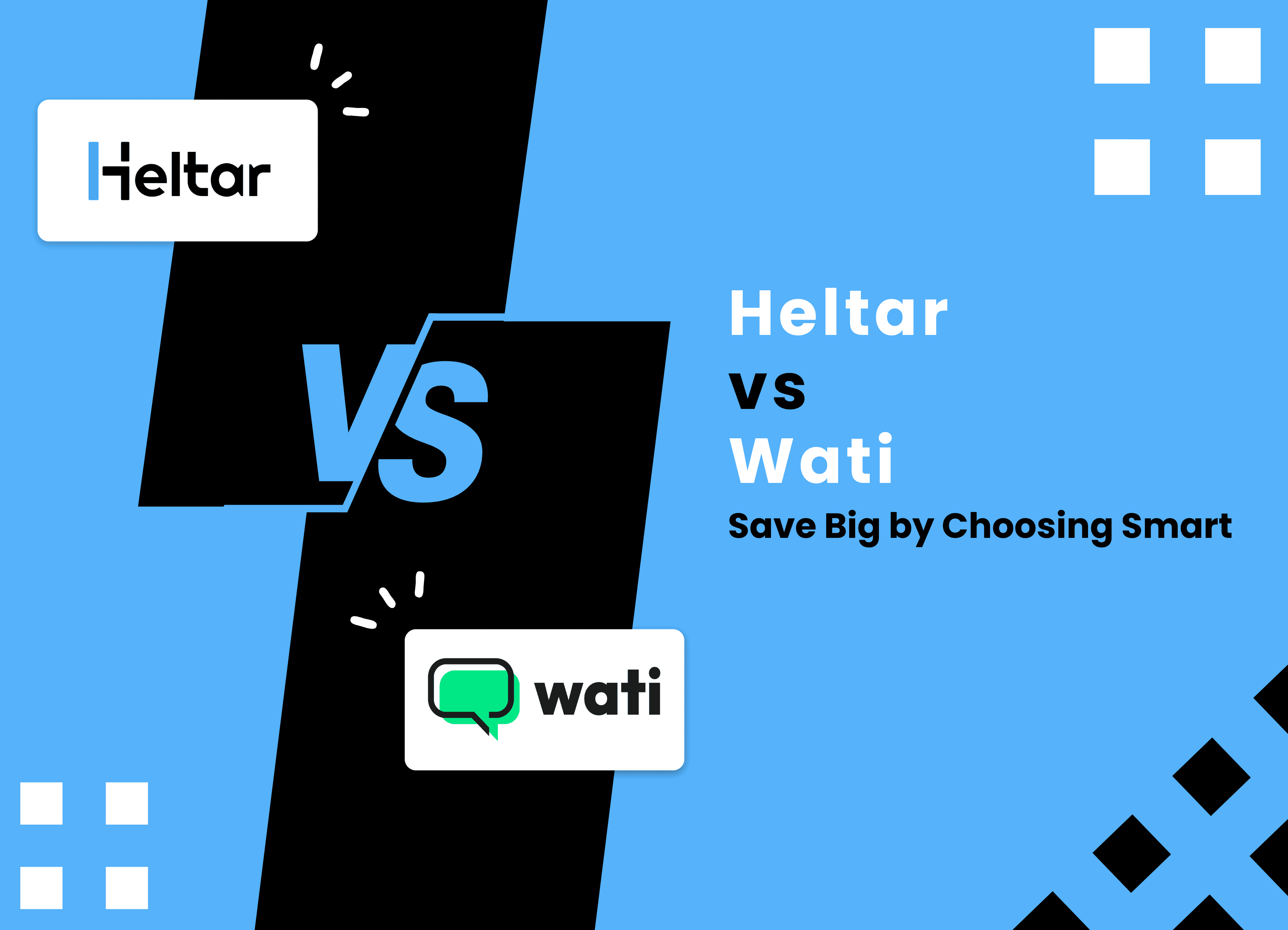
Metric | Wati | Heltar |
Base Subscription Fee | Expensive - Starts ₹2,499/month | Lower, budget-friendly - Starts ₹999/month |
Pricing Structure | Tiered, complex | Simplified, transparent |
Markup on Conversations | Up to 100% over Meta Charges | Flat 5% across all conversation types |
Extra User Fees | Upto ₹3,999/Month/User | No additional charges |
API Integrations | Charged separately (e.g., $4.99/month for Shopify) | No extra charges |
Customer Support | Limited (No setup support in Growth and Pro plan) | Full support for all customers |
User Interface | Complex & Difficult to navigate | Intuitive & user-friendly |
Lower Platform Fees and Markups
Wati: Wati’s pricing plans start from ₹2,499 per month, scaling up to ₹16,999 per month for the business plan. The multiple packages and tiered features make it expensive, especially for small and medium-sized businesses. The incremental costs for unlocking advanced features force businesses to either commit to higher-tier plans or compromise on functionality.
Heltar: In contrast, Heltar offers lower subscription fees with a base plan starting at a more affordable monthly rate. It is designed to be budget-friendly for businesses of all sizes, particularly small and medium enterprises (SMEs) looking to minimize upfront costs, along with a simplified and transparent conversation pricing model, charging a flat 5% markup across all conversation types.
No Extra/Hidden Charges for Integrations
Wati: While Wati provides robust features, many advanced capabilities are locked behind higher-priced plans. Essential features like advanced analytics, automated workflows, and API integrations are only available in the more expensive plans. Apart from that, Wati charges extra fees for employing integrations, like an additional USD 5 per month for a shopify integration, and additional charges for extra users.
Heltar: Heltar includes advanced features—automation, analytics, customer segmentation. Businesses benefit from unrestricted access to essential tools allowing them to leverage full functionality of the platform.
Intuitive and User-Friendly Interface
Wati: Wati offers a variety of features, but the interface could be difficult to learn for inexperienced users. The tiered functionality makes it hard to locate important tools within the complex menu structure it offers. It may be a real pain for people who are not familiar with navigating multi-tiered software ecosystems.
Heltar: Heltar’s platform is designed with ease of use in mind. It features an intuitive interface, making it simple to navigate, even for those new to such systems. The user-friendly dashboard provides easy access to key tools, reducing the learning curve and allowing businesses to get up and running quickly without sacrificing functionality or efficiency.
Well Rounded Customer Support: While Wati does not provide even setup support in the growth plan, in Heltar, End-to-End Customer Support is made available to all customers, irrespective of their subscription plans. For us, at Heltar, Our Customers are our biggest priority, and we ensure they are well served through a comprehensive knowledge transfer of our platform and continued assistance.
